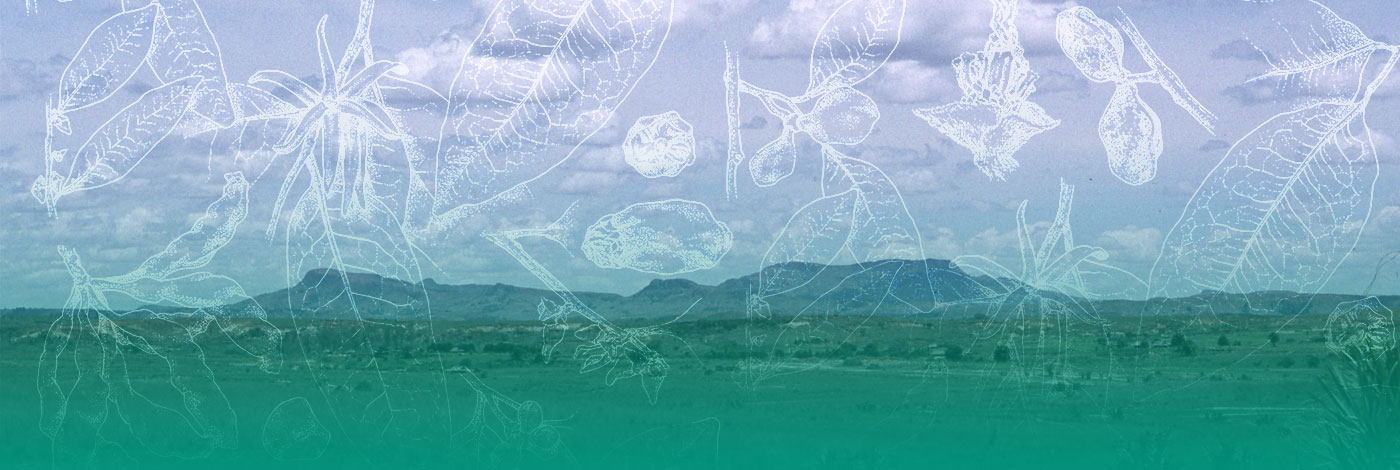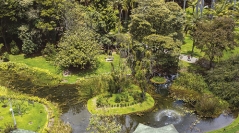

 Adansonia
47 (15) - Pages 285-298
Adansonia
47 (15) - Pages 285-298The Bogotá Botanical Garden, founded in 1955 and named after José Celestino Mutis, has played a central role in the conservation of Andean and páramo flora. Covering 19.5 hectares, the garden houses 34 living collections classified into systematic, ecosystemic, thematic, and taxonomic groups. These collections support scientific research, education, and biodiversity conservation, showcasing species from various ecosystems such as páramos, subxerophytic zones, cloud forests, Andean forests and wetlands. They also emphasize the conservation of species like in the Magnoliaceae, Lamiaceae, and Orchidaceae, highlighting endangered and endemic plants. Research efforts include the ex-situ propagation of endangered species such as Senecio carbonellii S. Díaz and Puya spp., as well as ecological studies on their native habitats. Spaces like the Arboretum, the medicinal plants garden, and the agroecological garden demonstrate sustainable and educational practices. The garden plans to enhance its collections by prioritizing threatened species and developing new exhibits, such as Rubiaceae. The garden mission aligns with national and international conservation strategies, reinforcing its role as a center for research, education, and cultural heritage. With 70 years of achievements, the Bogotá Botanical Garden remains a significant example for biodiversity conservation in Colombia.
Andean ecosystems, endemic species, ex-situ conservation, germplasm, propagation